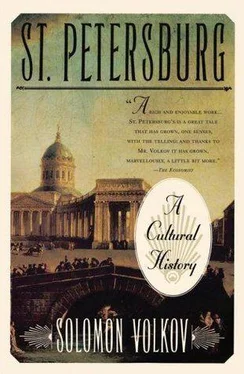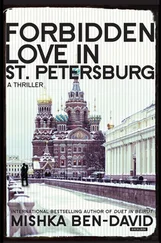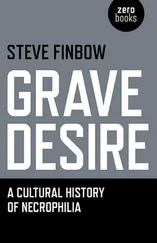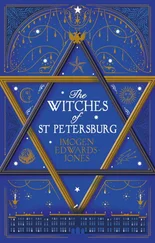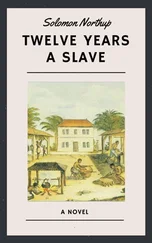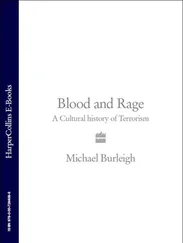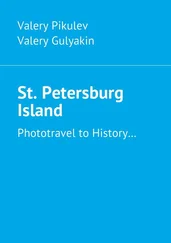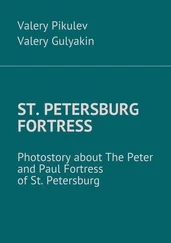The beauty of Petersburg’s historic buildings is obvious. Erected with unparalleled sweep, luxury, artistry, and refinement, they exude an almost mystical enchantment, particularly during the white nights of early summer, which plunge the classical architecture into an atmosphere of fantasy.
But I was always more attracted and mystified by the great works of literature and music created in that magical city or inspired by it: the works of Pushkin, Glinka, Gogol, Dostoyevsky, Mussorgsky, Tchaikovsky—speaking of the nineteenth century alone. In Petersburg, the inanimate excitingly came to life, palaces and monuments moved onto the pages of prose and poetry or were reflected in the spellbinding music, only to freeze once again on the granite banks of the river and along the open squares but now enriched and elevated, like magically enticing symbols.
The classic, and perhaps greatest, example of this symbiosis is the legendary fate of the equestrian statue of Emperor Peter by Etienne Maurice Falconet, unveiled in 1782 in the center of the Russian capital on the orders of Catherine the Great. Onlookers were struck by its power and by the strength with which the sculptor had realized his idea—the emperor, dressed in a Roman toga and crowned with a laurel wreath, imperiously extending his hand while proudly looking down from his rearing steed on the city that he created and that personifies Russia. But this bronze monument did not acquire its true symbolic significance for Petersburg’s fate and its status as the capital’s most famous silhouette until the publication in 1837 of The Bronze Horseman, the narrative poem written four years earlier by Alexander Pushkin.
The poet Prince Peter Vyazemsky maintained that he was the first to point out to Pushkin the visual ambiguity of the statue. “Peter seems to have made Russia rear back rather than urge it forward.” {2} 2 2 A. S. Pushkin v vospominaniiakh sovremennikov (A. S. Pushkin in Reminiscences of Contemporaries), 2 vols., vol. 1 (Moscow, 1974), p. 468.
Pushkin placed Falconet’s sculpture at the center of his poem and “revived” it, creating a masterpiece in which that ambiguity was transformed into a philosophical puzzle about the country’s destiny and the fate of its capital—both of which were irrevocably tied in Pushkin’s mind. And for over a century and a half Russia’s best minds have been trying to solve that puzzle, offering ever more convoluted solutions, examining from different angles the poem and the statue, which would be known forever after as the Bronze Horseman.
Poets, writers, philosophers, and historians were constantly interpreting the general idea, the imagery, and even the details of Pushkin’s Bronze Horseman and Falconet’s statue. Here are two samples. For our contemporary Abram Tertz (Andrei Sinyavsky), the steed beneath the imperious rider is “Poetry itself, rushing in a frenzy toward the heavens, and frozen in a storm of water, fire, and metal.” And in the early twentieth century the sharp eye of the subtle and gloomy Innokentii Annensky, Akhmatova’s poetry teacher, fastened on the symbolic serpent, which is hard to notice in the general composition—the impatient horseman tramples it and leaves it behind:
The tsar did not manage to kill the snake,
And it survived to be our idol.
With his poetic genius, Pushkin transformed a “merely” brilliant monument to the awesome emperor into the emblem of Petersburg, a sign of its majesty and endurance, and also into the symbol of the awful fate and terrible suffering that was to befall the city. However, the significance of his Bronze Horseman is even greater: in essence, it is the start of the Petersburg mythos.
Earlier one could speak of the existence of the Petersburg legend, which arose and was cultivated almost from the moment of the capital’s establishment. That is astonishing enough, for legends usually form much after the event that gives rise to them. But the miracle of the almost instantaneous appearance of the capital of a huge empire on inhospitable northern soil was so striking, and the cost of that miracle in human lives was so high, and the personality of its creator so extraordinary that Petersburg quickly inspired both praise and condemnation of a mystical character.
Fully formed in the second half of the nineteenth century, the Petersburg mythos included the official legends of the miraculous appearance of the lovely city in a marsh and the folklore predictions of its imminent demise. It also had absorbed the so-called Petersburg text, which consisted of the literary works, paintings and drawings, music, and theatrical productions devoted to it, the marvelous buildings but also the complex of philosophical and moral ideas connected with Petersburg’s special place on Russian soil and in Russian history. Another component of the mythos was its creators themselves, both authors of works inspired and dedicated to Petersburg and historical and political figures.
The Petersburg mythos would not have existed without Peter the Great and Pushkin. The emperor forced Petersburg into the vast body of the Russian state, and the granite city acted as an irritant—the grain of sand in the mollusk’s shell that became the nucleus of a pearl. Thanks to Peter, the mysterious manifestation of the new capital incorporated the cosmogonic element into the mythos, and Peter himself appears as the traditional mythological cultural hero. Subsequently, he is joined by the figure of the man-myth Pushkin in the same capacity.
But the legendary image of Petersburg’s founder was always doubled, reminding us of the fairy-tale twins endowed by opposite traits, one who does good and the other evil. This fundamental duality of the Petersburg mythos was first inculcated into the Russian cultural consciousness by Pushkin. After Pushkin, it became ever clearer that, as Vladimir Toporov put it,
The inner meaning of Petersburg is in that antithesis and antimony that cannot be reduced to unity, which death itself makes the basis of new life, and understood as the answer to death and as its expiation, as the achievement of a higher level of spirituality. The inhumanity of Petersburg is organically tied to that type of humanity, esteemed highly in Russia and almost religious, which is the only one that can comprehend inhumanity, always remember it, and with that knowledge and memory build a new spiritual ideal. {3} 3 3 Semiotika goroda i gorodskoi kul’tury (Peterburg). Trudy po znakovym systemam (Semiotics of the City and of Urban Culture (Petersburg), vol. 18 (Tartu, 1984), p. 6.
Pushkin gave the subtitle “A Petersburg Tale” to his Bronze Horseman. As we know, one of the meanings of the ancient Greek word mythos is “narrative.” The Petersburg texts picked up the duality of the city and of its founder and began to depict the capital not as the paradise Peter had envisioned but as a hell.
That fateful transformation was inspired by Nikolai Gogol, who saw Petersburg as a virtual kingdom of the dead, “where everything is wet, smooth, even, pale, gray, and foggy.” For Gogol, Petersburg was a bacchanalia of demonic forces hostile to humans, where the soil was always shifting, threatening to suck up the majestic edifices, the soulless government offices, and the multitudes of petty clerks within them.
Soon the theme of the city’s destruction blocks out all others in the Petersburg mythos. Foreboding and prophecies of doom took on unprecedented power in the works of Fyodor Dostoyevsky. Pushkin had interpreted the threatening Baltic waters as a terrible force or a cleansing substance akin to the mythological World Ocean. Dostoyevsky doomed Petersburg, “that rotten, slimy city,” to vanishing along with the fog, like smoke.
Читать дальше
